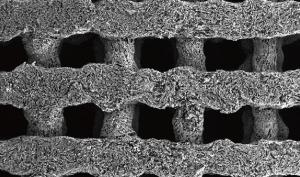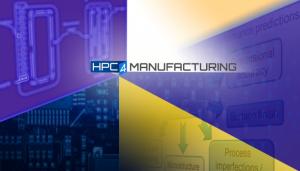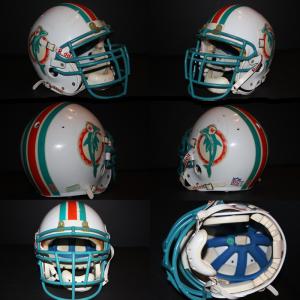LAB REPORT
Science and Technology Making Headlines
Feb. 26, 2016


Lawrence Livermore scientists have found global oceans have warmed more in the last two decades.
Oceans are in hot water
Ocean temperatures are soaring — and that is bad news for many forms of marine life, including rock lobsters. A recent study warns that the same warming-driven disease that was “a contributing factor to lobster fishery collapse in southern New England,” may soon threaten Maine since coastal waters are warming rapidly.
A study from Lawrence Livermore and the National Oceanic and Atmospheric Administration (NOAA) researchers found that “half of the global ocean heat content increase since 1865 has occurred over the past two decades.” This is a rapid doubling of global ocean warming.
The world’s oceans had record-setting temperatures in 2015. NOAA’s latest monthly report reveals that global ocean temperatures soared in January. January 2016’s Northern Hemisphere ocean temperatures in particular topped the previous record in 2015 by a staggering 0.5°F.


An artist's illustration of asteroids, or near-Earth objects. Credit: ESA - P.Carril
Watch out for that asteroid
The United States is working on ways to prevent asteroids from hitting Earth and is taking a different approach. Instead of blowing up the space rocks, NASA plans to shove them away from the planet.
Meanwhile, Lawrence Livermore scientists have another idea: To investigate the possibility of using nuclear weapons against larger asteroids with long warning times.
Paul Miller, associate division leader of the Design Physics Division at Lawrence Livermore, said the institution was "supporting NASA by modeling deflection techniques, including kinetic impactors or nuclear explosions."
Deflection intercepts need to occur months, years or decades in advance, and the associated intercept locations are typically very far from Earth, he said. He also said other developments would be more effective.


Lawrence Livermore Laboratory scientists Fang Gian (left) and Cheng Zhu (left) demonstrate a direct ink writing 3D printer they used to manufacture supercapacitors out of a graphene-based aerogel. Photo by Julie Russell/LLNL
Next step for supercapacitors
LLNL and UC Santa Cruz researchers have created the first example of ultrafast 3D-printed graphene supercapacitor electrodes that outperform comparable electrodes made via traditional methods.
Their results open the door to novel, unconstrained designs of highly efficient energy storage systems for smartphones, wearables, implantable devices, electric cars and wireless sensors.
Using a 3D-printing process called direct-ink writing and a graphene-oxide composite ink, the team was able to print micro-architected electrodes and build supercapacitors with excellent performance characteristics. The results will be featured on the cover of the March issue of the journal, Nano Letters.
“This breaks through the limitations of what 2D manufacturing can do,” said LLNL engineer Cheng Zhu. “We can fabricate a large range of 3D architectures. In a phone, for instance, you would only need to leave a small area for energy storage. The geometry can be very complex.”


Industry projects are among the first to be selected for funding and partnerships with national labs under DOE’s High Performance Computing for Manufacturing (HPC4Mfg) Program.
Manufacturing meets supercomputing
The Department of Energy (DOE) has launched a new program to connect manufacturers with supercomputers and the expertise to use them.
This program provides $3 million, initially, for 10 industry projects, The projects are all designed to improve efficiency, product development and energy use.
Lawrence Livermore National Laboratory leads the program, with Lawrence Berkeley and Oak Ridge national laboratories as strong partners.
The national labs not only have the hardware; "more importantly the labs have deep expertise in using HPC to help solve complex problems," said Dona Crawford, the associate director of computation at Lawrence Livermore. They have the applications as well, she said.


Lawrence Livermore is working with Autodesk to build better helmets.
Building better helmets
Most Americans watch a football game safely from their couches, wincing at all the "penalties for excessive force."
While injuries can be severe, one of the peskiest — and most dangerous in its own right — is the concussion. While one concussion can knock a player out of a game — literally — a succession of them take them out of the sport altogether.
It’s about time that the helmet received a major upgrade. That is on the radar of Autodesk and Lawrence Livermore National Laboratory researchers who are currently collaborating to put the benefits of 3D printing to work for players everywhere — as well as giving the sports equipment industry an overhaul.





